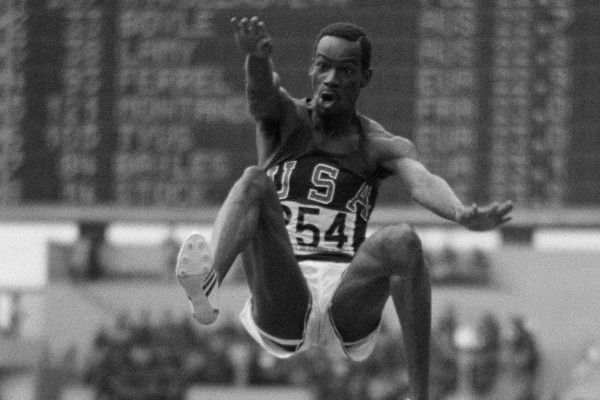In 2025, Icelandic strongman Hafþór Júlíus Björnsson stunned the world by deadlifting 510 kg during the World Deadlift Championships — not just breaking a world record, but redefining what was considered humanly possible in strength sports. This feat was all the more astonishing given the conditions: executed outdoors on a faulty carpet platform at 1 a.m., with humidity and grip challenges. The community widely hails this performance as one of the greatest lifts ever attempted, as Björnsson became the first person ever to deadlift over 500 kg three times in career lifts.
From a physiological and biomechanical standpoint, such a record isn’t merely about brute force. Elite lifters rely on technique optimization, muscle recruitment, tendon strength, and nervous system efficiency to push weights far beyond standard norms. The human musculature, connective tissues, and motor unit activation must perform in near-perfect harmony — and even then, external factors like grip, temperature, and micro-slip of feet can limit success. Strength sports records often arise when expectations, preparation, and conditions align perfectly.
Björnsson’s lift also illustrates how record-breaking achievements do more than adjust the record books — they shift perceptions and scientific understanding of human limits. Each new benchmark challenges coaches, researchers, and athletes to revisit training models, recovery protocols, and even biomechanical theory. In strength disciplines especially, one athlete’s performance can ripple into new approaches in sports science, inspiring the next generation to train smarter — and push boundaries further than ever thought possible.






